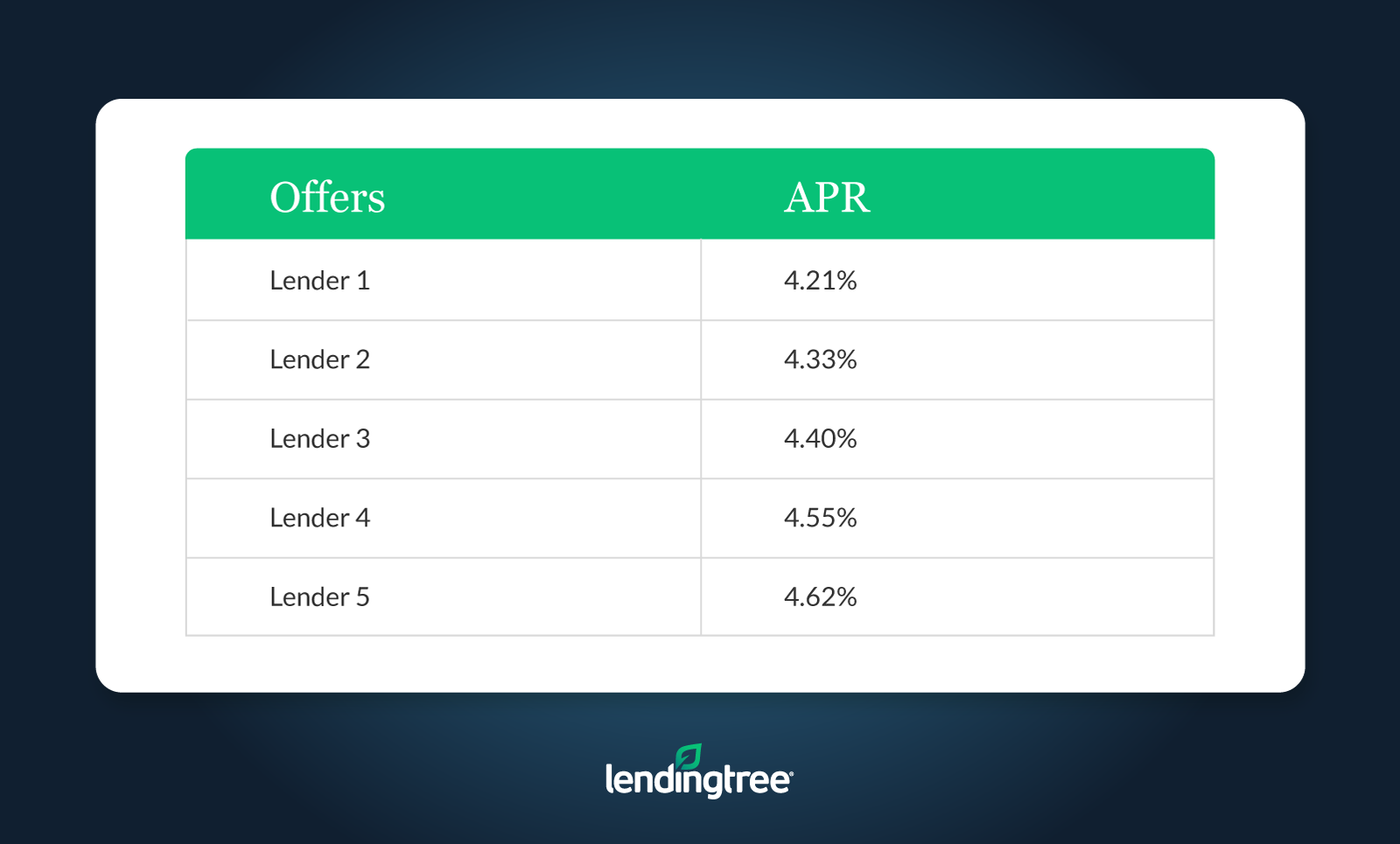NCUSIF kept a strong balance of $1. 23 per $100 in insured deposits versus an unfavorable $0. 39 per $100 in insured deposits at the FDIC. Thus, via the Distressed Property Relief Program (TARPAULIN), the federal government supplied emergency situation loans amounting to $236 billion to 710 banksor 1. 93% of all bank properties.
008% of credit union assets. While there are numerous reasons credit unions didn't take part in the very same kind of subprime lending as home mortgage companies and banks, cooperative credit union' unique structure is the main factor. As not-for-profit, member-owned entities, cooperative credit union have substantially less incentives to look for short-term earnings and bonus offers that clearly aren't in their members' benefits.
Rising home rates, falling home loan rates, and more effective refinancing drew masses of property owners to refinance their homes and extract equity at the same time, increasing systemic threat in the financial system. 3 trends in the U.S. real estate market integrated to considerably magnify the losses of property owners in between 2006 and 2008 and to increase the systemic danger in the financial system.
But together, they tempted masses of house owners to re-finance their homes and extract equity at the very same time (" cash-out" refinancing), increasing the threat in the monetary system, according to,, and. Like a cog tool that might only change in one direction as house prices were increasing, the system was unforgiving when costs fell.
The Best Guide To How To Add Dishcarge Of Mortgages On A Resume
$115362), these scientists estimate that this refinancing cog impact might have created prospective losses of $1. 5 trillion for mortgage lenders from June 2006 to December 2008; more than 5 times the possible losses had property owners prevented all those cash-out refinancing deals. Over the previous twenty years, the growth and increasing performance of the refinancing organization https://receive.news/09/09/2020/wesley-financial-group-diversifies-with-the-launch-of-wesley-mutual/ have made it much easier for Americans to make the most of falling rates of interest and/or rising house values.
These authors focus on the formerly unstudied interplay of this growth in refinancing with falling rate of interest and increasing house worths. Benign in isolation, the 3 patterns can have explosive outcomes when they take place concurrently. We reveal that refinancing-facilitated home-equity extractions alone can account for the significant boost in systemic threat posed by the U.S.
Using a design of the home loan market, this research study discovers that had actually there been no cash-out refinancing, the total value of mortgages impressive by December 2008 would have reached $4,105 billion on property worth $10,154 billion for an aggregate loan-to-value ratio of about 40 percent. With cash-out refinancing, loans swelled to $12,018 billion on home worth $16,570 for a loan-to-value ratio of 72 percent.
Initially, frequent cash-out refinancing altered the typical mix of mortgage-holders and created an unintended synchronization of property owner leverage and home loan period, triggering correlated defaults when https://consent.yahoo.com/v2/collectConsent?sessionId=2_cc-session_c0838f2f-123a-46af-ba18-3db5aecf507f the issue hit. Second, once a house is purchased, the financial obligation can't be incrementally minimized due to the fact that homeowners can't sell parts of their home-- homes are indivisible and the house owner is the sole equity holder in your home.
What Does What Mortgages Do First Time Buyers Qualify For In Arlington Va Mean?

With home values falling from the peak of the market in June 2006, the study's simulation recommends that some 18 percent of homes remained in negative-equity territory by December 2008. Without cash-out refinancing, that figure would have been only 3 percent. The most perilous aspect of this phenomenon is its origin in 3 benign market conditions, each of which is normally thought about a precursor of economic growth, the authors write. after my second mortgages 6 month grace period then what.
Although it is the quality and compound of policy that needs to be the center of any argument relating to regulation's function in the monetary crisis, a direct step of regulation is the budgetary dollars and staffing levels of the monetary regulative companies. percentage of applicants who are denied mortgages by income level and race. In a Mercatus Center study, Veronique de Rugy and Melinda Warren found that outlays for banking and monetary policy increased from just $190 million in 1960 to $1.
3 billion in 2008 (in consistent 2000 dollars). Focusing particularly on the Securities and Exchange Commission the firm at the center of Wall Street policy budget investments under President George W. Bush increased in real terms by more than 76 percent, from $357 million to $629 million (2000 dollars). However, spending plan dollars alone do not constantly equate into more polices on the beat all those additional dollars might have been spent on the SEC's lavish new headquarters structure.
The SEC's 2008 staffing levels are more than 8 times that of the Consumer Product Safety Commission, for example, which reviews thousands of consumer products yearly. Comparable figures for bank regulative firms show a slight decrease from 13,310 in 2000 to 12,190 in 2008, although this is driven entirely by reductions in personnel at the local Federal Reserve Banks, arising from changes in their checkclearing activities (primarily now done electronically) and at the FDIC, as its resolution staff handling the bank failures of the 1990s was wound down.
Things about What Banks Give Mortgages Without Tax Returns
Another measure of regulation is the absolute variety of rules provided by a department or company. The main monetary regulator, the Department of the Treasury, which consists of both the Workplace of the Comptroller of the Currency and the Workplace of Thrift Guidance, saw its yearly average of new rules proposed increase from around 400 in the 1990s to more than 500 in the 2000s.
Setting aside whether bank and securities regulators were doing their jobs strongly or not, one thing is clear current years have actually seen an increasing number of regulators on the beat and an increasing number of guidelines. Central to any claim that deregulation triggered the crisis is the GrammLeachBliley Act. The core of GrammLeachBliley is a repeal of the New Dealera GlassSteagall Act's restriction on the blending of investment and business banking.
They frequently also have large trading operations where they purchase and offer financial securities both on behalf of their clients and by themselves account. Commercial banks accept guaranteed deposits and make loans to families and businesses. The deregulation critique posits that once Congress cleared the method for investment and commercial banks to merge, the investment banks were given the incentive to take higher dangers, while decreasing the amount of equity they are needed to hold against any provided dollar of properties.

Even before its passage, investment banks were currently permitted to trade and hold the extremely monetary possessions at the center of the monetary crisis: mortgagebacked securities, derivatives, creditdefault swaps, collateralized financial obligation obligations. The shift of investment banks into holding significant trading portfolios resulted from their increased capital base as an outcome of the majority of financial investment banks becoming publicly held business, a structure allowed under GlassSteagall.